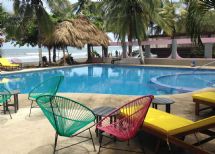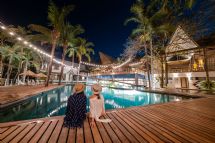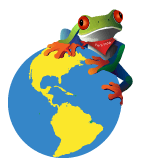Costa Rica's brilliant forest frog
Tortuguero Canal
One amphibian commonly spotted in Costa Rica is the brilliant forest frog, a species known for its pointy nose, slender build and unique coloration.
Where to See It
The brilliant forest frog, the scientific name of which is Rana warszewitschii, makes its home through the southern part of Central America, particularly in the countries of Honduras, Nicaragua, Costa Rica and Panama. In Costa Rica, travelers are most likely to see the species when they visit La Selva Protected Zone, Tortuguero National park, Carara National Park and Corcovado National Park. The frog's habitat primarily consists of forested areas with ponds, small creeks or slow-moving bodies of water. Any kind of forest is ideal for the frog, ranging from dry mountain forests to lush rainforests at sea level - even including small forested areas in larger urban areas.
Characteristics
Members of this species are typically of moderate size, featuring a slender build that makes them appear more elegant than some squatter amphibians. Brilliant forest frogs have smooth skin, a pointed head and a relatively long snout, giving them a sleeker appearance than other species. The animal is also known for its large golden eyes and its visible ears.
Typically, brilliant forest frogs have a bronze color, but they also feature brightly colored blue or green patches. In addition to these patches, the animal has red streaks under its legs and on the bottom of its toes as well as brilliant yellow patches on its legs. The bronze coloration serves to camouflage the frog, helping it to blend in with the leaf litter on the forest floor. When it is spotted by a potential predator, the frog jumps high in the air, flashing its bright patches of color. These spots serve to dazzle animals that pose a threat, giving the brilliant forest frog the few seconds it needs to escape to safety.
In addition to these colorful spots, the frog is also known for having a pale stripe from the snout to the eye as well as a fold of skin running down its side. Generally, the species does not climb as well as some of Costa Rica's more arboreal frogs. It lacks the sticky pads on its toes that helps other amphibians cling to leaves, instead relying on longer fingertips to climb. In addition, it only has webbing on its rear feet, making it less adept at swimming than many other amphibian species.
7 Days / 6 Nights
Starting at $932 per person
10 Days / 9 Nights
Starting at $1,193 per person




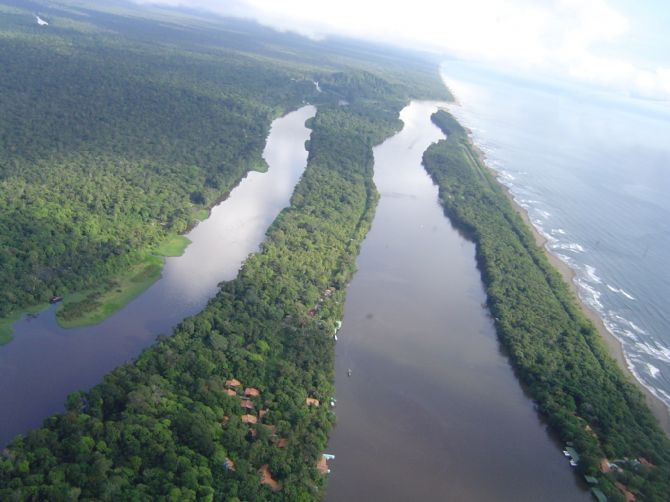
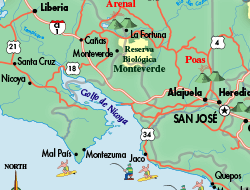
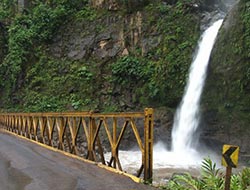
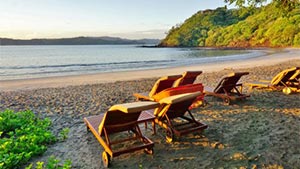
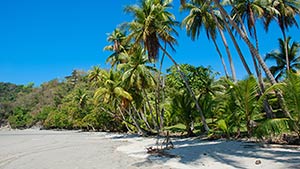

.jpg)
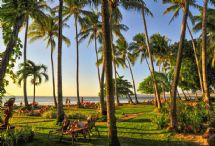
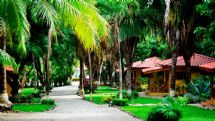
.jpg)
_resized_1440.jpg)
